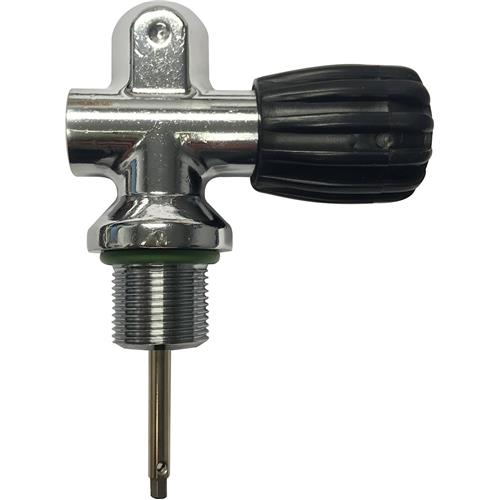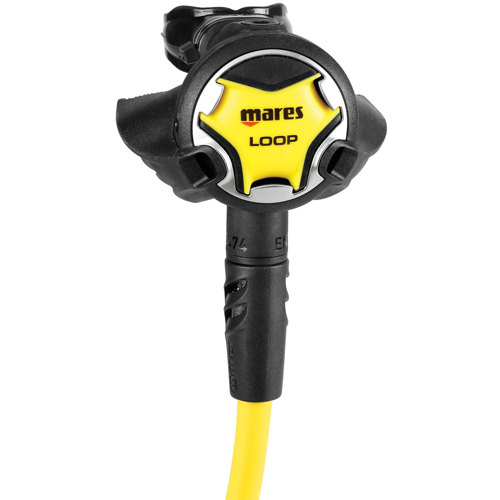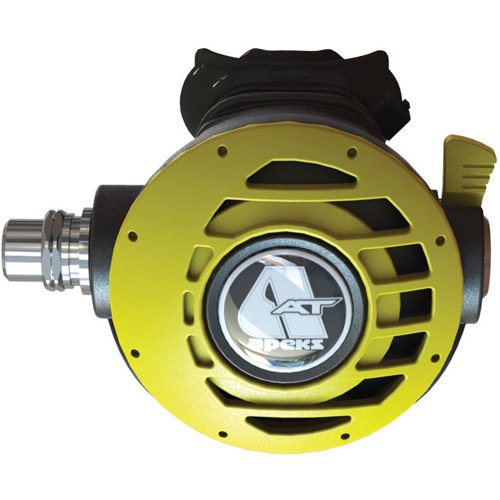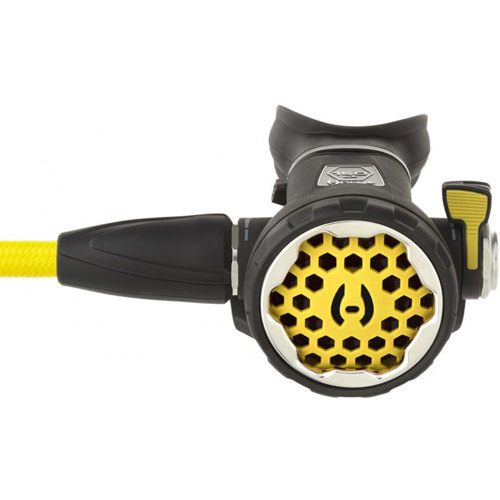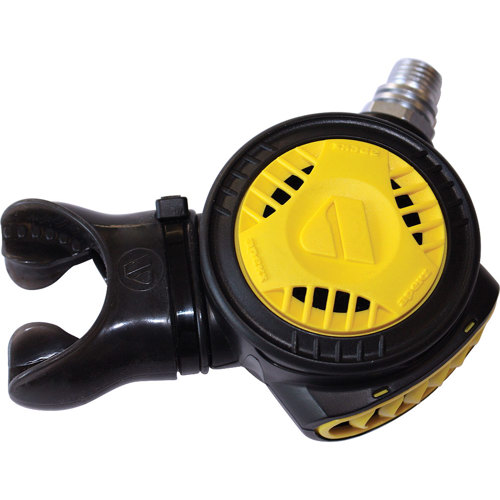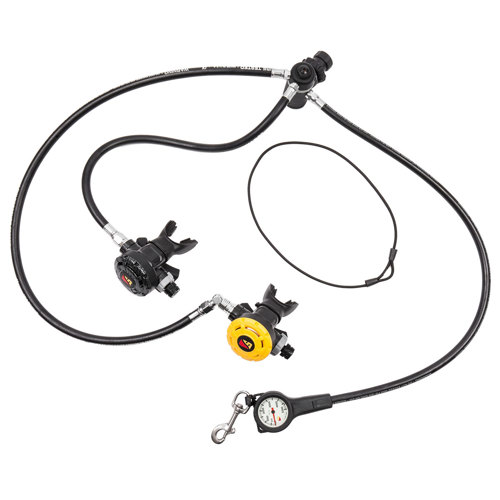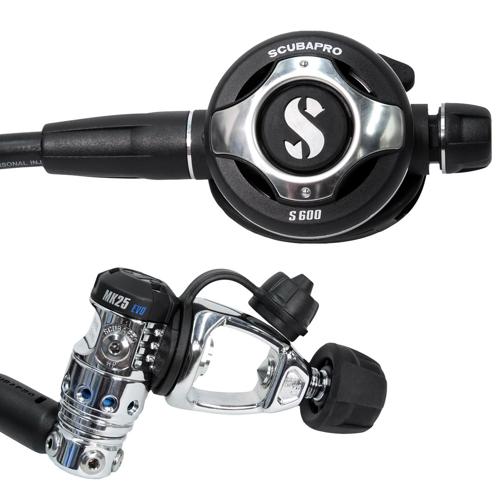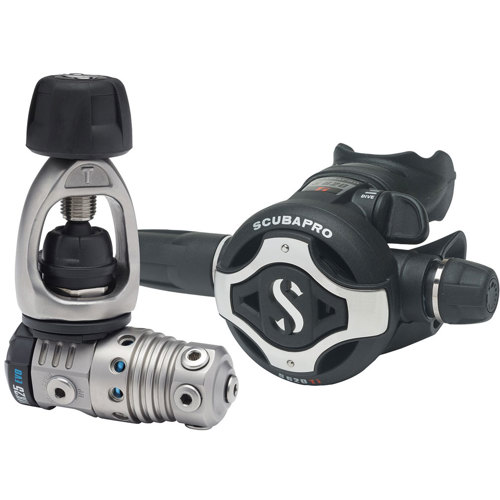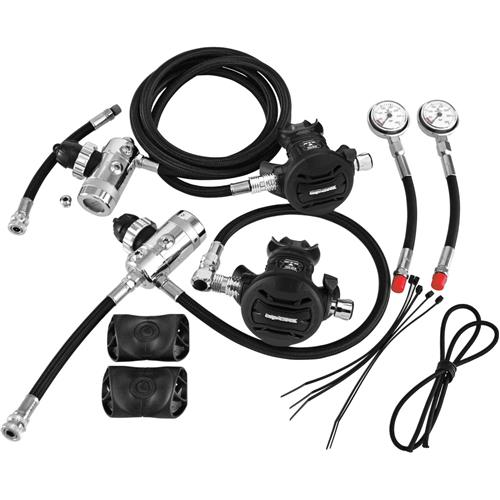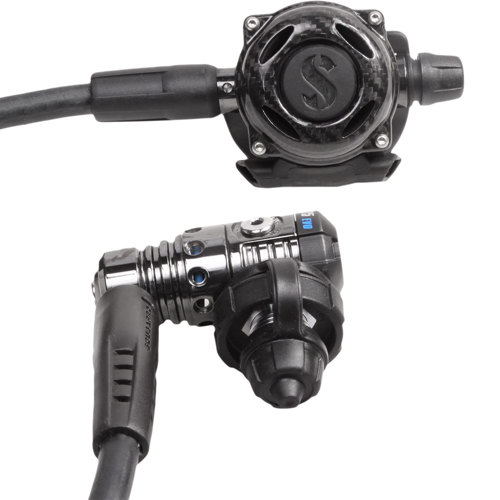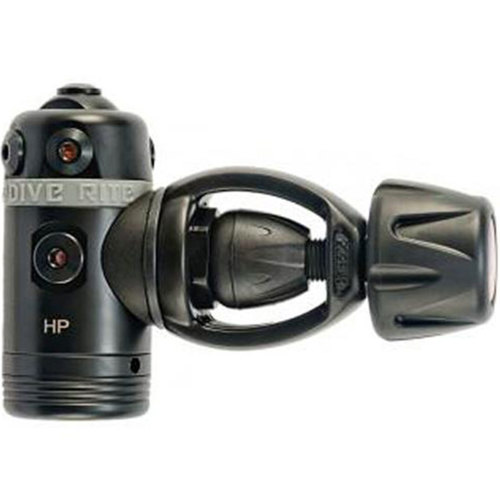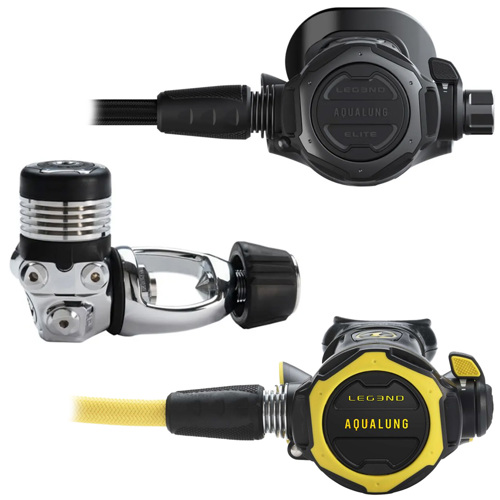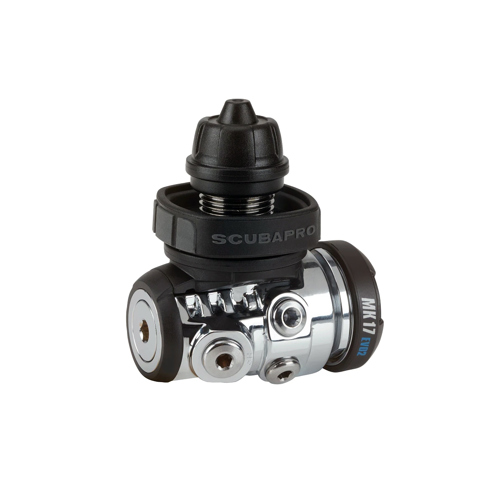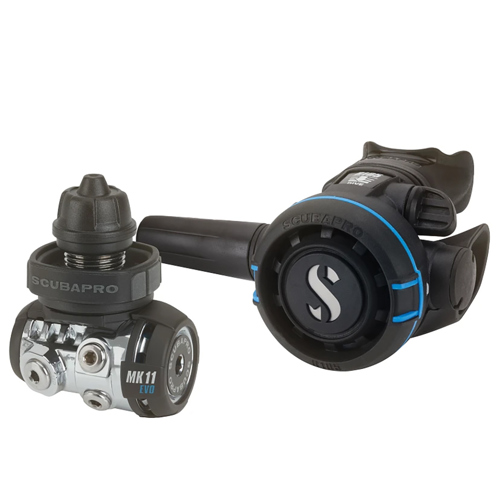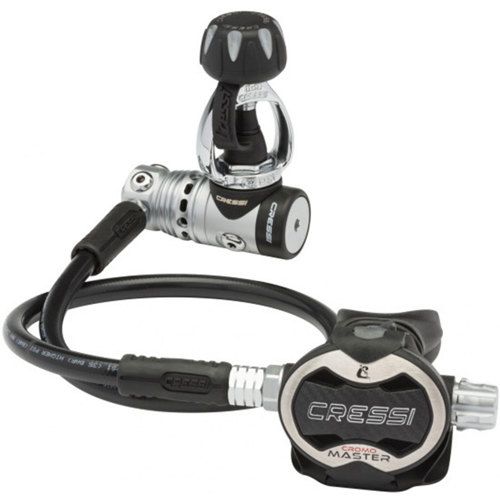When selecting left or right hand configuration regulators, divers are making a choice that goes beyond simple preference—this decision can shape the entire underwater experience, from comfort and safety to the ease of managing equipment in varying environments. For sidemount divers, cave explorers, and technical enthusiasts who regularly use twinsets or complex hose routing, the orientation of the regulator is a crucial consideration. Left or right hand configurations refer to which side the primary second stage or hose routes from, with some regulators designed to be inherently left or right, while others offer ambidextrous or convertible options. This flexibility can be especially valuable for divers who want to fine-tune their setup for different types of dives or to accommodate specific gear, such as reels, spools, or diver propulsion vehicles (DPVs). In sidemount diving, for example, the classic configuration places a long hose on the right, sweeping across the chest, and a shorter hose on the left—this not only balances the equipment but ensures that air sharing and hose management are streamlined in confined spaces or during complex maneuvers. Meanwhile, twinset divers often appreciate having the submersible pressure gauge (SPG) on the left, as it provides an unobstructed view when checking for issues like a closed isolator valve—critical for safety and situational awareness.
The choice of left or right hand configuration regulators can also be a thoughtful gift for the diver in your life, particularly as the diving season transitions into autumn. With cooler waters and changing conditions, divers often reassess their gear for upcoming trips, advanced courses, or local exploration. Gifting a regulator with the right configuration shows an understanding of the recipient’s diving style and needs—whether they’re just beginning to experiment with sidemount, preparing for a technical certification, or simply seeking a more comfortable, personalized setup. For instructors, dive guides, and those who frequently assist others underwater, having a regulator that supports their preferred hose routing can make demonstrations and emergency drills more intuitive and effective. The tactile familiarity of a regulator that routes exactly as expected, coupled with the peace of mind that comes from a well-organized system, can transform a routine dive into a seamless, immersive experience—where every piece of gear feels like an extension of the diver’s own body.
When browsing options, it’s important to consider the regulator’s port layout, ease of hose routing, and whether the design allows for simple conversion between left and right configurations. This adaptability can be invaluable for divers who travel, rent cylinders with varying valve orientations, or share equipment with buddies who have different preferences. The autumn months are an ideal time to evaluate and upgrade your regulator setup, as many divers are preparing for winter getaways or taking advantage of quieter dive sites. For those interested in exploring the full spectrum of hose routing options, our dedicated
Hose Configuration Regulators page offers further insights and a curated selection to help you find the perfect fit for your diving ambitions. Whether you’re fine-tuning your sidemount rig for the intricate passages of a freshwater cavern, optimizing your twinset for deep wreck exploration, or simply ensuring your setup matches your handedness for everyday dives, the right regulator configuration is a subtle but powerful way to enhance safety, comfort, and confidence beneath the surface.
Top Picks For Left Or Right Hand Configuration Regulators

